
The International Federation of Landscape Architects (IFLA) has announced the 2022 IFLA AAPME Awards 2022 recently. Professor WANG Yun, Professor TANG Xiaomin, Dr. ZHU Liqing, Dr. ZHANG Yang, Dr. CHEN Dan and the students from the School of Design, together with relevant design units, won 4 awards including one Outstanding Award and three Honorary Mentions.
IFLA AAPME Awards is an international design award organized by the International Federation of Landscape Architects IFLA Asia Pacific in cooperation with IFLA Africa and the Middle East. IFLA is the most influential academic organization in the international landscape architecture industry guided by UNESCO, with associations and organizations from 57 countries as its members.
Outstanding Award
Exploration of Landscape Approach for Green Development of Yangtze River Waterfront--Landscape Design of Zhangjiagang Bay Ecological Rehabilitation Project
Project members:TANG Xiaomin,WANG Yun,James Hayter,Travis Wright,ZHANG Yang,CHEN Dan,ZHANG Chenyuan and more






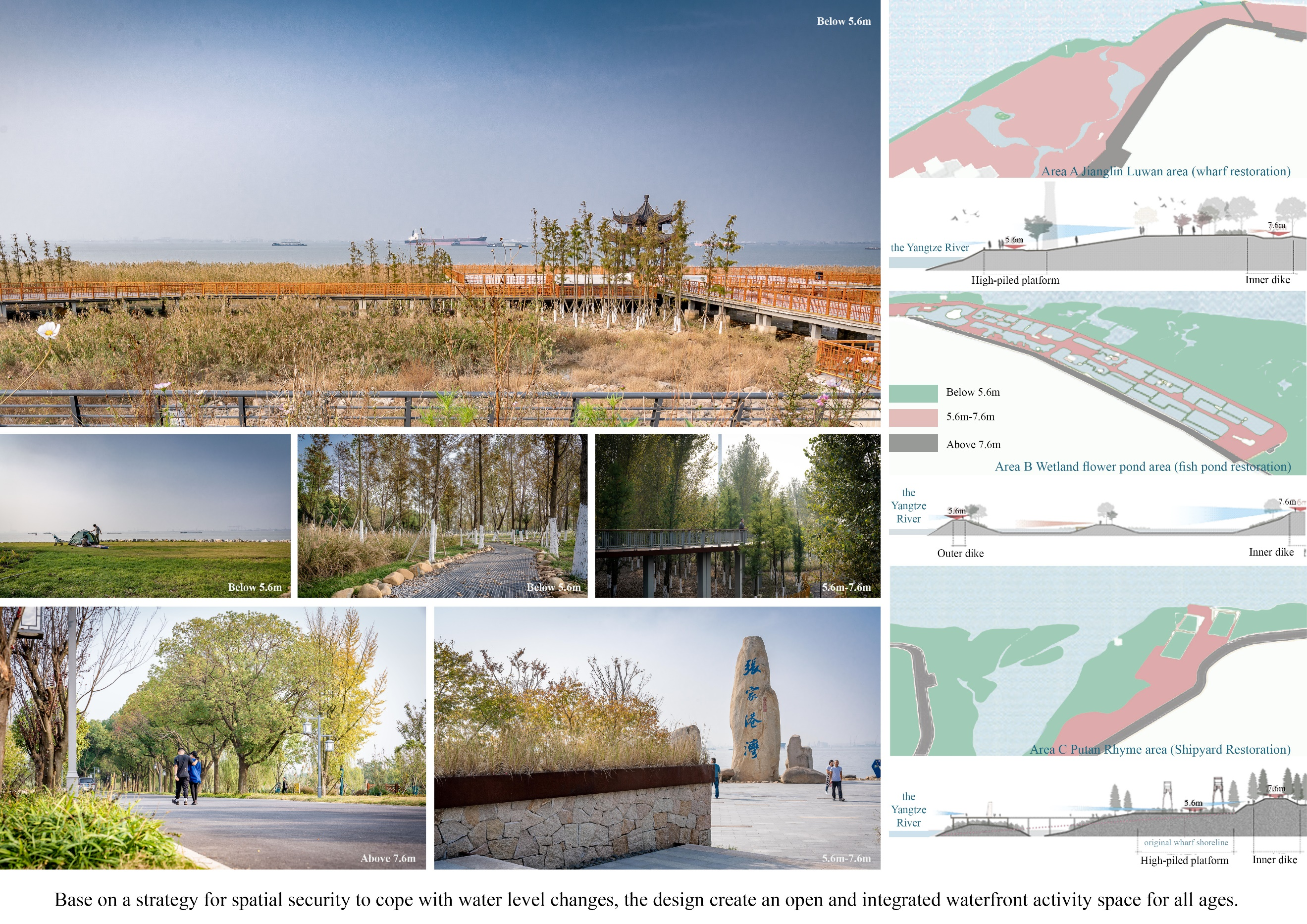
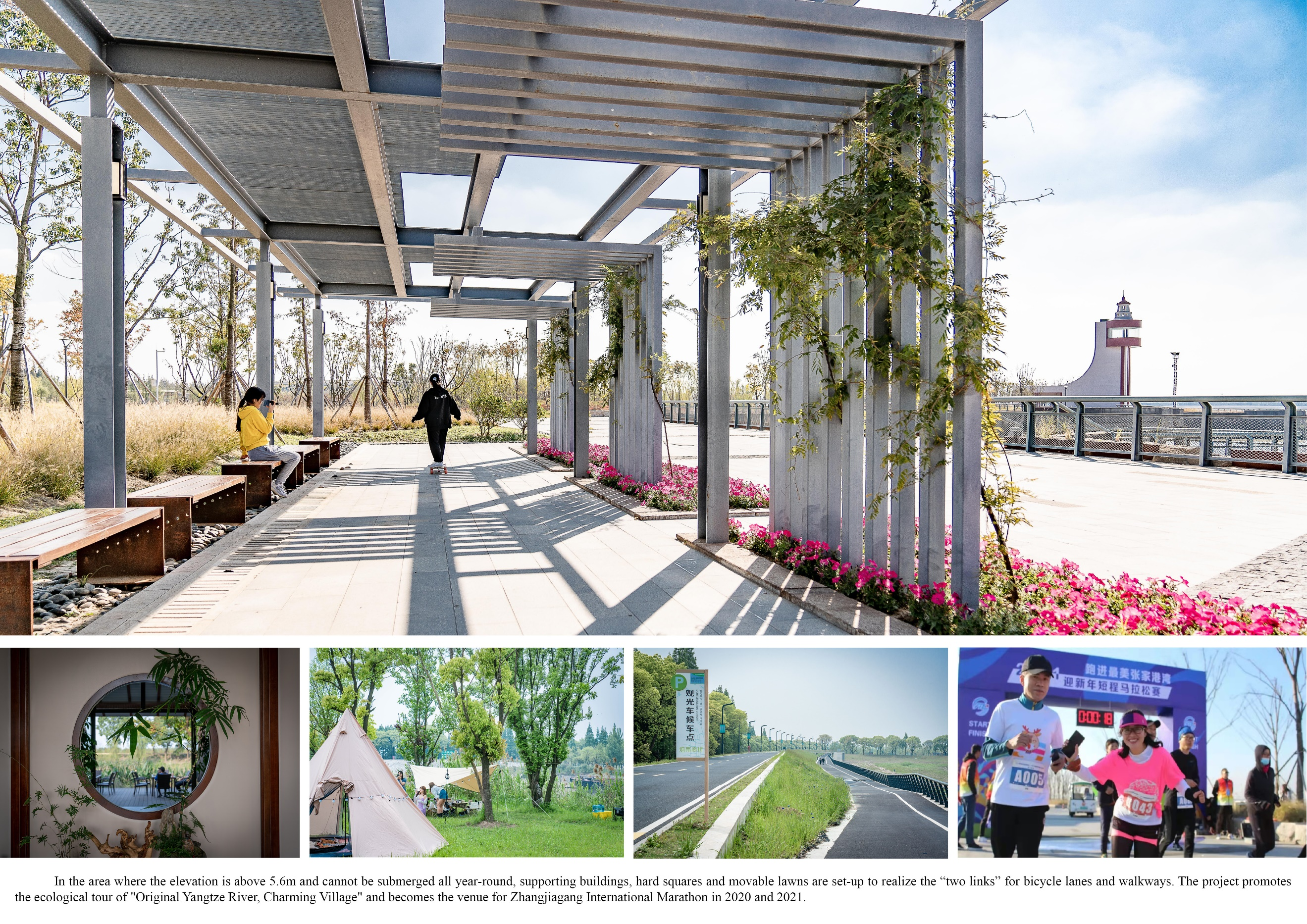


Aiming at the national strategy of green development of Yangtze River Economic Belt with ecological priority, this project takes the ecological protection and restoration of the Yangtze River as the core, and creates an open and composite waterfront space based on the spatial security strategy gradient to cope with the change of water level. Exploring the formation of an interdisciplinary, multi-professional, and international school-enterprise collaboration model, and innovatively responding to issues like "poor ecological base, cluttered industrial remains, as well as soil desertification", drives surrounding green transformation and tourism development of rural industry. Meanwhile, it realized the vision of “returning green to the beach and returning the river to the people”, and also improved the well-being of residents in the harbor city.
The project site is located on the south bank of the Yangtze River and occupies a total area of 1.26 square kilometers, including 9 kilometers of waterfront land along the banks, tidal lands as well as ponds for aquaculture. In March 2021, the project was shortlisted as an excellent example of the practical application of the United Nations Sustainable Development Goals and provides a valuable reference for the exploration of green development in the world's river basins.
Honourable Mention
Pocket Parks in the Old City of Kunshan, China--A Landscape design for the Yun Garden, the Zhiqu Street Corner and the Huayi Lane
Project members:WANG Yun, TANG Xiaomin, ZHANG Yang, CHEN Dan, ZHANG Le and more









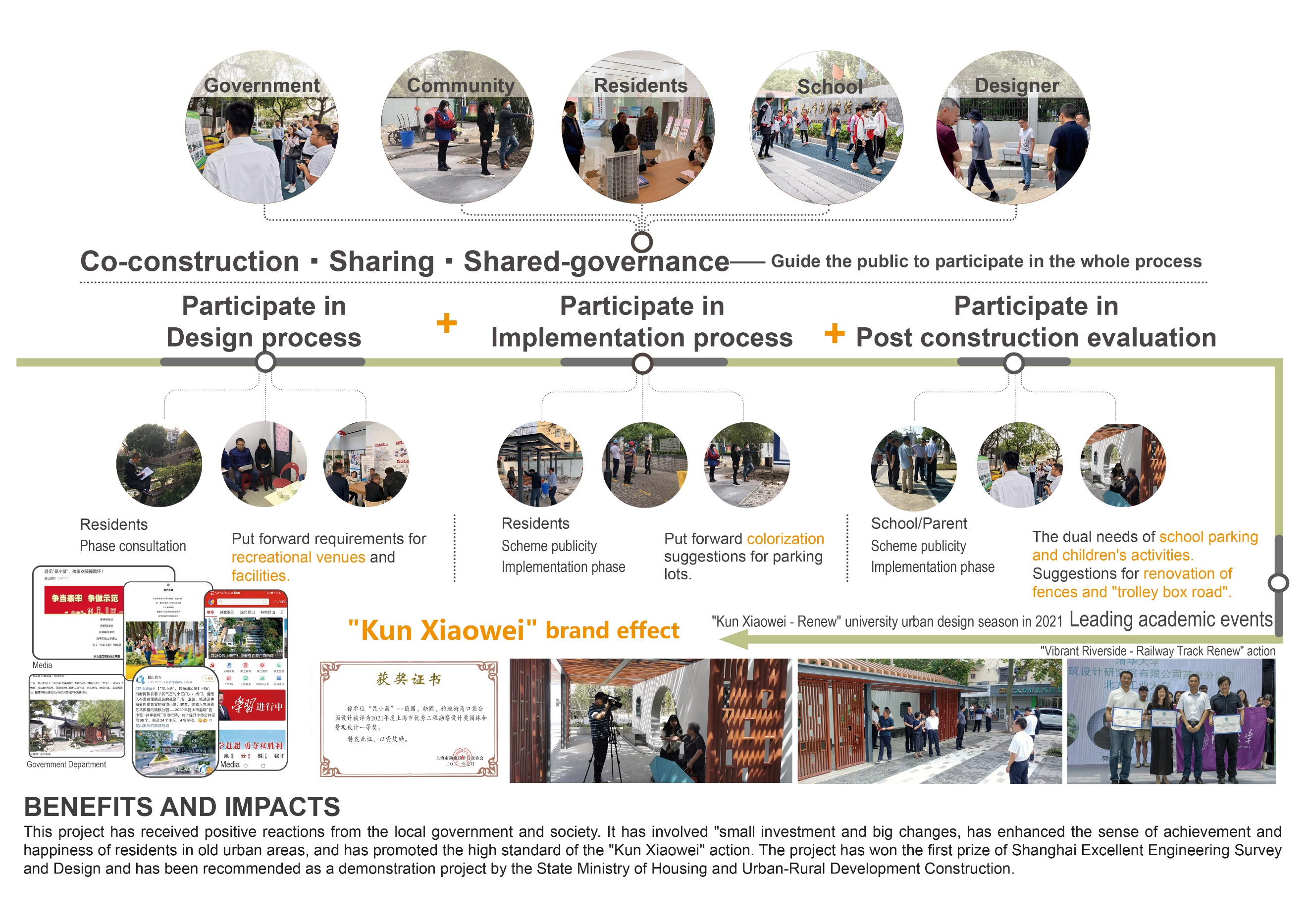
Facing problems like “the dilution of urban cultural memory in the old city and the prominent imbalance between the supply and demand of public space”, Kunshan Government has launched the “Kun Xiaowei - Shared Lu City” micro renewal plan. As a demonstration project, it aims to use “acupuncture style” interventions in small and micro public spaces, and activate city blocks through public spaces of points, belts, and zones. A joint path of "design + management" was explored, guiding the public representatives to participate in the whole process. With "small investment, big change", the project receives positive reactions from local society and government, enhances the sense of achievement and happiness of the residents in old urban areas, and promotes high standard and systematic construction.
The project site is located in the old city of Kunshan, including the Yun Garden, the Zhiqu Street Corner and the Huayi Lane, with a total area of 7,203 square meters. The project awarded the first prize of Shanghai Excellent Engineering Survey and Design, one of Top Ten People's Projects and one of "most beautiful pocket parks" in Suzhou, and has been recommended as a demonstration project by the State Ministry of Housing and Urban-Rural Development Construction.
Exploring the Development Path of Ecological Agriculture in the Lixia River Area of China’s Huaihe River Basin--A Master plan for a Modern Agricultural Science and Education Demonstration Park at Yangzhou University
Project members:WANG Yun, XIE Dawei, DONG Feng, TANG Xiaomin, CHEN Dan and more
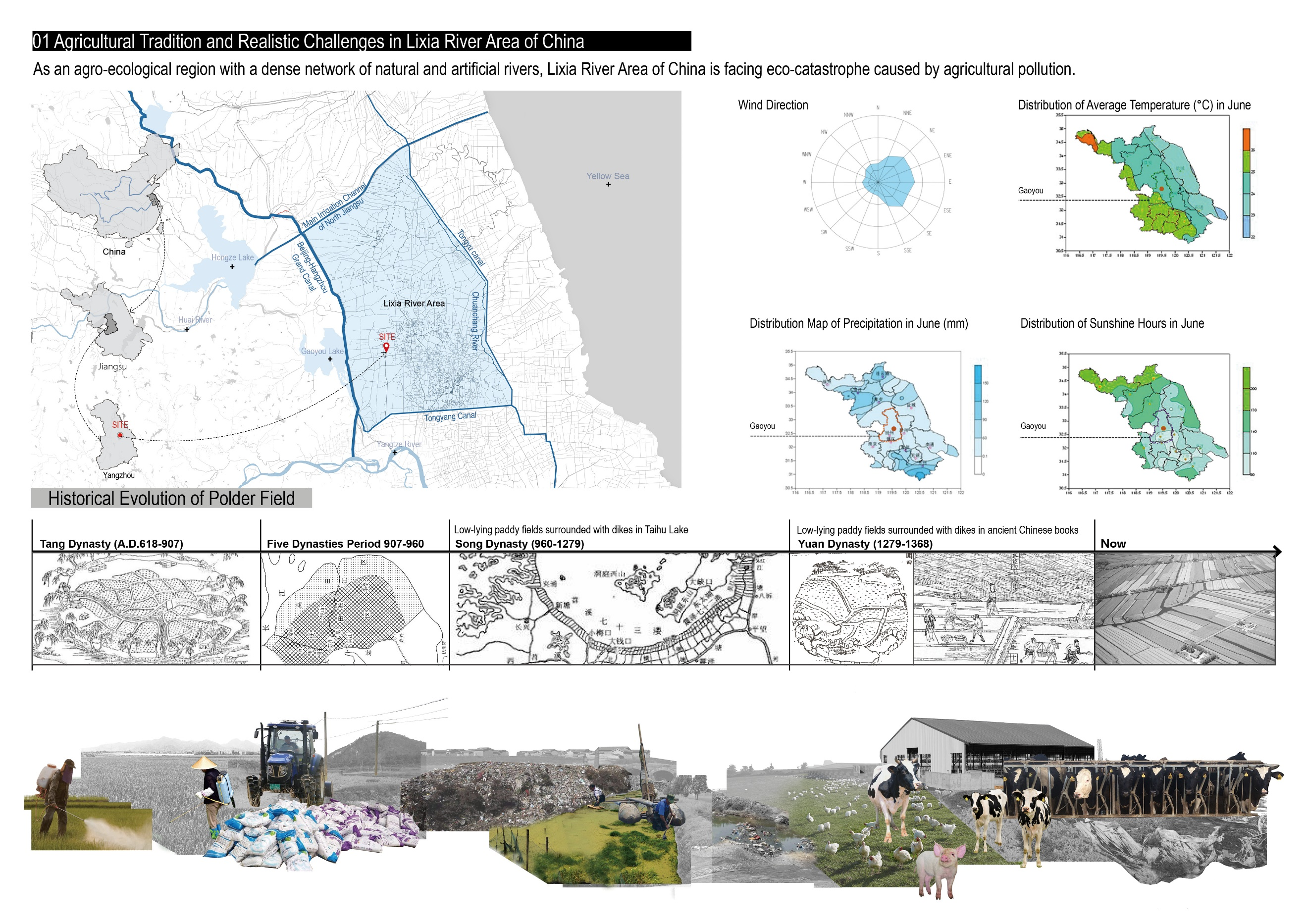



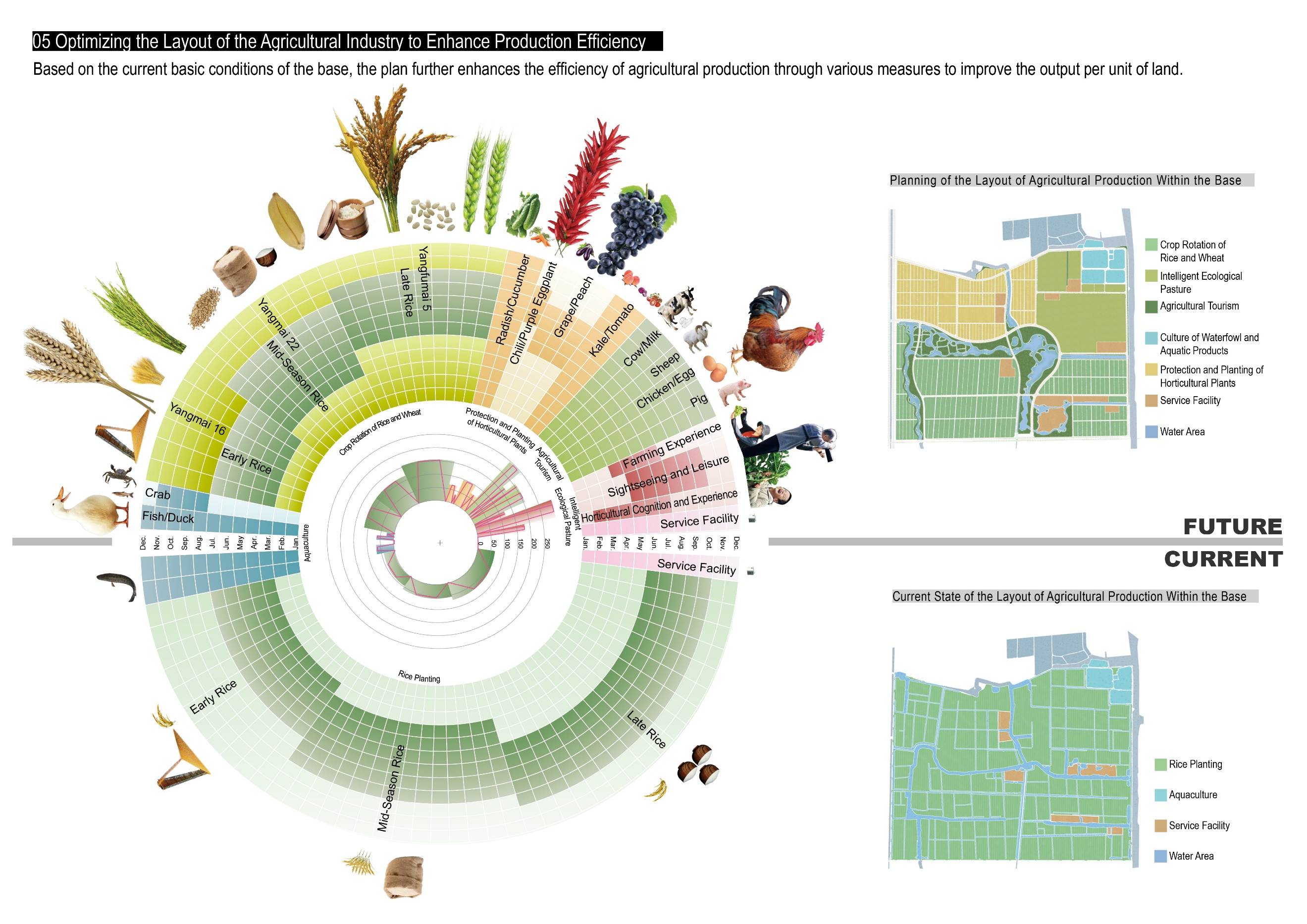
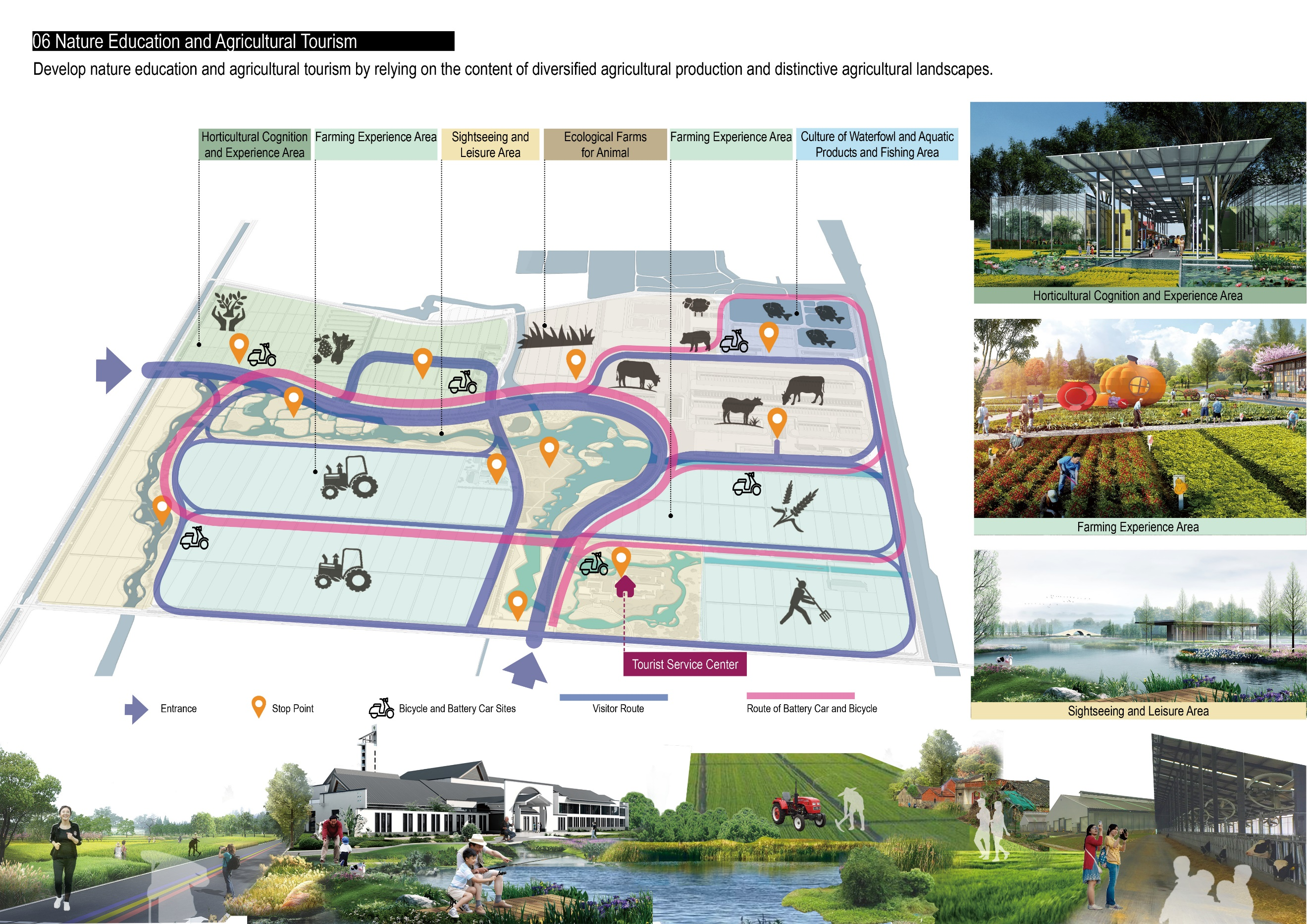
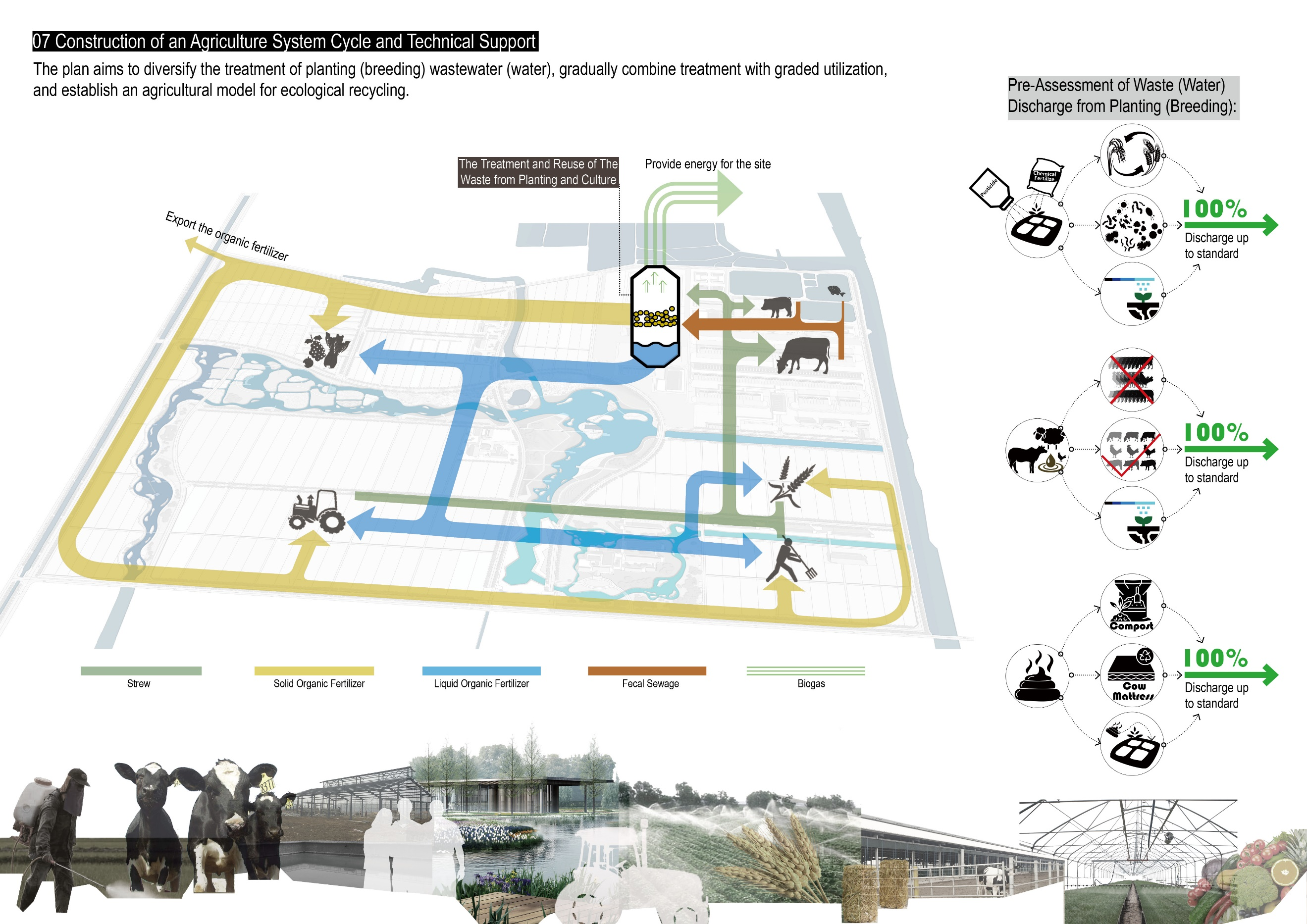

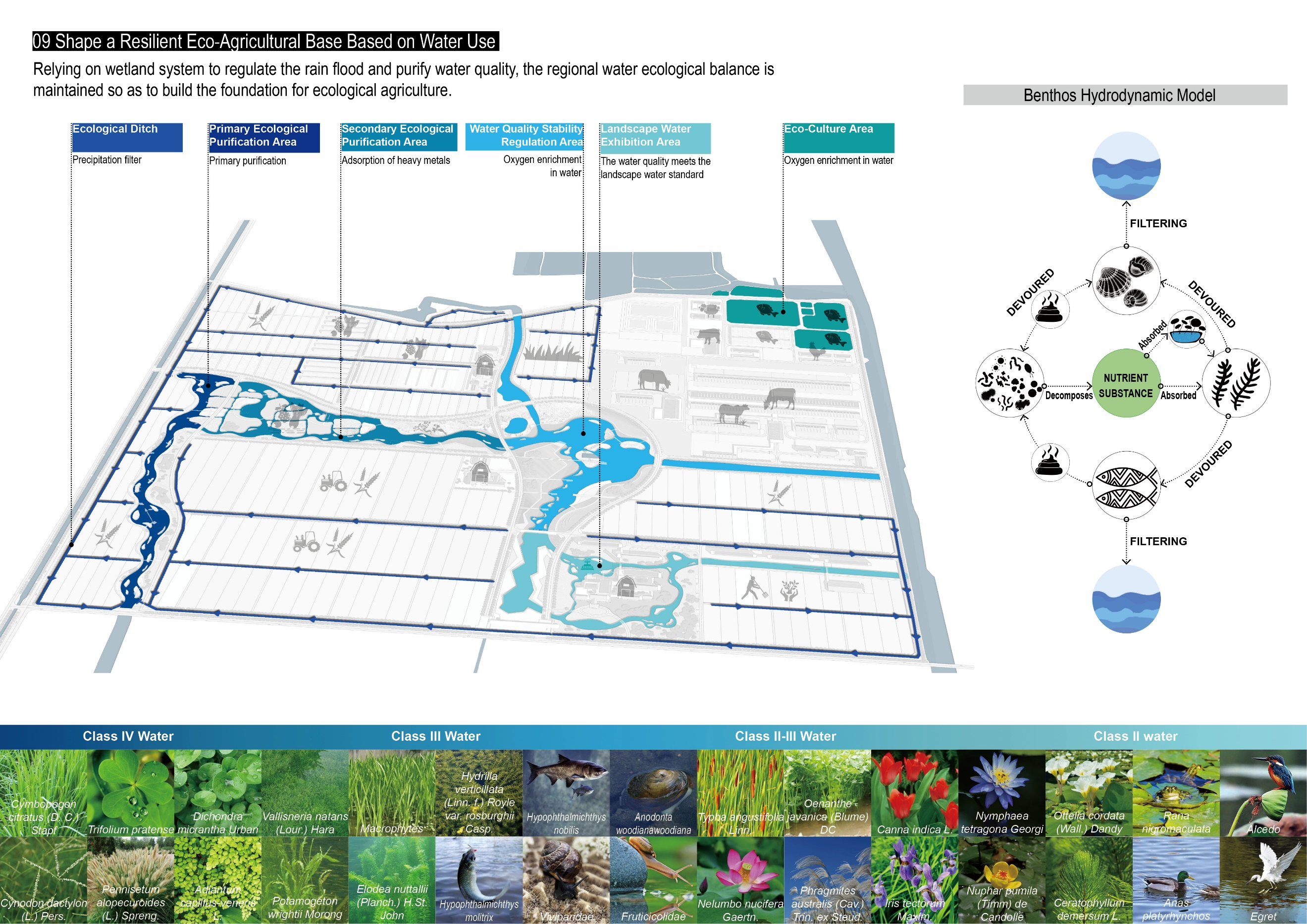

Faced with the threat of flooding, Chinese ancestors living in the Lixia River Basin of the Huaihe River Basin built low-lying paddy fields surrounded with dikes by excavating rivers, forming an agro-ecological region with a dense network of natural and artificial rivers. Unfortunately, the recent agricultural production method of using pesticides and fertilizers and building large-scale animal farms in pursuit of high outputs has produced untreated non-point surface pollution. Such pollution has been directly discharged into the dense network of rivers in the region, spreading to cause an ecological crisis.
With the support of multi-disciplinary expert consultants, the design team planned to build a modern agricultural science and education demonstration park covering an area of 1.56 km2 in Xiejia Town, Gaoyou City, Lixia River Region. The plan sought to ①optimize the layout of the agricultural industry, ② build a recycling agriculture system, ③ depend on the use of water resources to shape a resilient eco-agricultural base. Its objectives were to create new, efficient, pollution-free and replicable agricultural production methods, to explore feasible ways to improve the drawbacks of existing forms of regional agricultural production, to raise farmers' income levels, and to respond to tangible socio-economic and ecological challenges.
Wetland Conservation Design Based on NbS and Climate Change Adaptation--Ecological Restoration of the Mudflats Along the Wuhui Embankment of the Yangtze River
Project members: ZHU Liqing, SONG Benyun, CHEN Shu, ZHANG Yang, GAO Xing and more
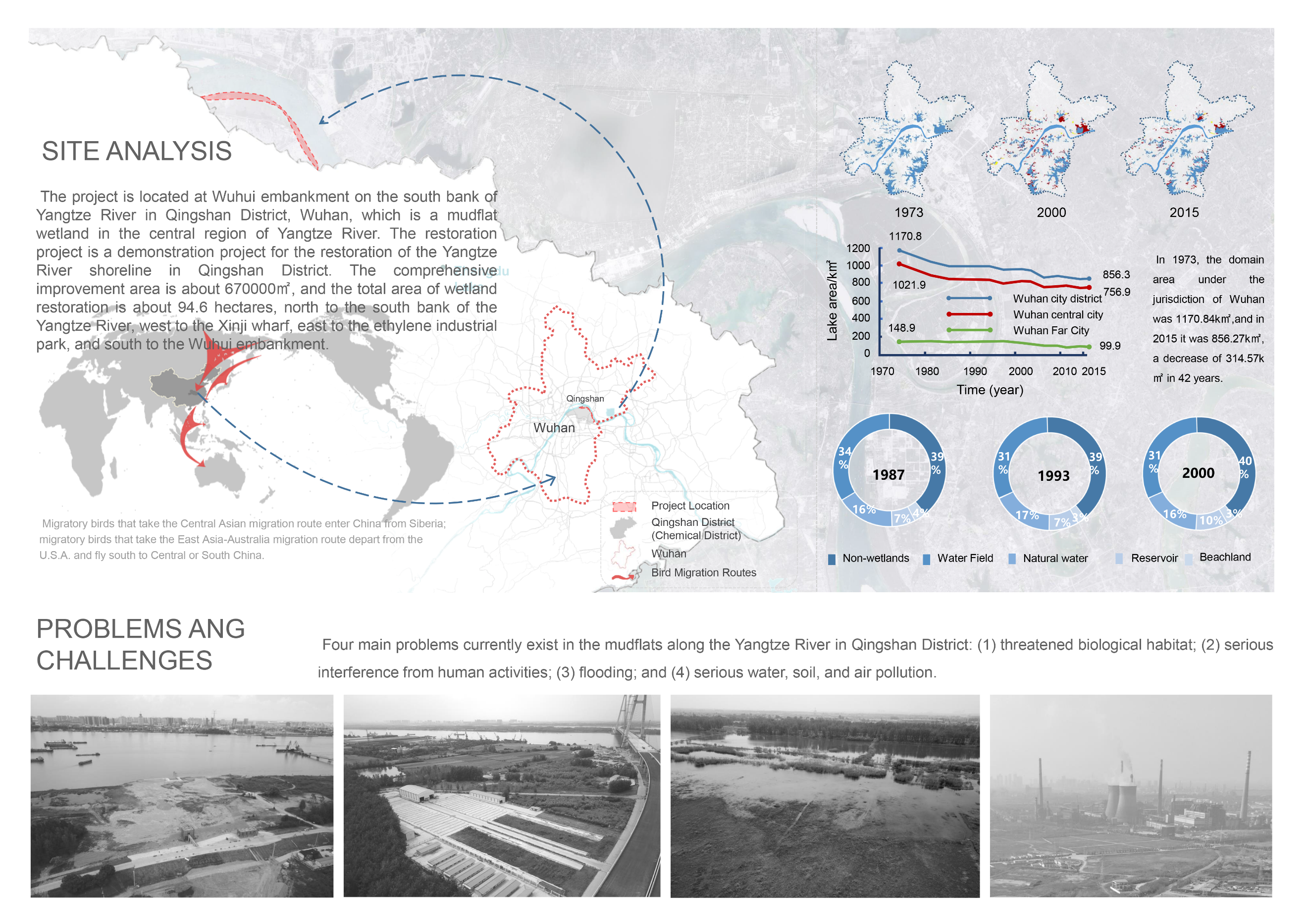







In 1955, Wuhan Iron and Steel Group started construction on the south bank of the Yangtze River in Wuhan, and with it, the riverside wharves were set up, burning coal was abandoned on the Yangtze River mudflats, and the original wetland mudflats were hardened with a large amount of cement into dumps, which greatly damaged the original ecological environment.
After the local government realized the importance of ecological environment in 2018, it quickly launched ecological protection and restoration along the Yangtze River. With nature-based solutions and adaptation to climate change as countermeasures, the soil in the site was first tested, various types of solid waste were cleaned up, and then the cement-hardened ground in the site was broken up. Wetland restoration was carried out on the mudflat wetlands in the key treatment area, which thoroughly improved the ecological environment of the project site.